Top 3 things you should know about textured inks
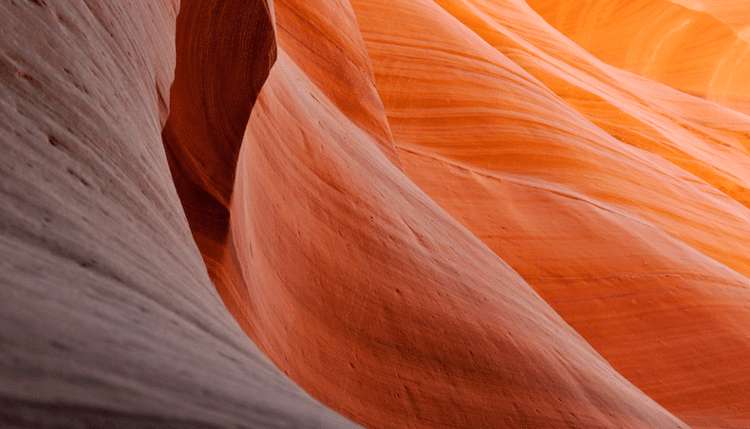
Humans are very tactile-focused beings. So, would it not be great to have more touchy-feely surfaces?
The good news is: Thanks to wide format printing, you can. Even if it is just one item, and even better you don’t need to spend a fortune on it.Being the touchy-feely beings that we are, humankind has always been very focused on sensory input with their printed product, back to old Johannes Gutenberg’s days.
Ask any devoted book lover, why he prefers a printed copy to a much more convenient Kindle version, and you are likely to end up with an evening’s worth of explanation about letterpress, embossing, print varnishing, fine paper surfaces, and the feeling you get when touching printed books.
Most tactile finishing options are very traditional and very sophisticated. If produced with analogue, often screen printing, equipment, they can be very expensive, because you need to manufacture a template or forme first. This also has some impact on the environment.
So, in 2012, HP launched the Indigo 7600 liquid ElectroInk Digital Press, capable of emulating print varnishing, textured effects and raised print on sheet paper and foil media up to 330 x 482 mm (SRA3+), mainly for the commercial and print markets.
In 2008, Roland DG had already made textured effects available with the highly acclaimed VersaUV LEF-300 and at UV curing wide format inkjet entry level prices. It used a clear varnish ink to emulate leather or scaled effects on paper or foil, albeit painfully slowly, a problem fixed with later generations of Roland DG UV printers.
Doing away with print templates as well as the Volatile Organic Compounds (VOCs) typical of screen print production and the excess associated with conventional print runs, UV curing inks opened up a new, more environmentally sensitive way of textured surface print finishing.
How do textured inkjet effects work?
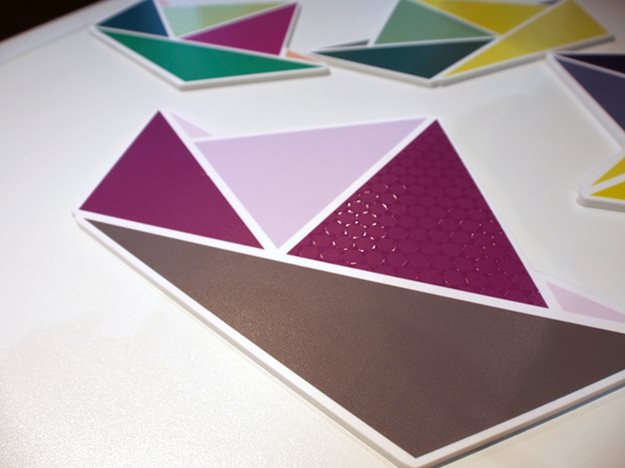
UV-curing clear inks allow for partial varnish and interesting tactile effects. Photo: S. Angerer
While many leading manufacturers of inkjet printing equipment, such as Canon/Océ, Durst, EFI, Fujifilm and Mimaki, have added a clear varnish option to their UV Hybrid or flatbed printers over the years, the basic concept of how to create textured inkjet surface has remained.
Using clear varnish as a kind of spot colour, and taking advantage of the option to either create high-gloss or matte finish depending on the UV lamp settings, it usually takes only very few layers of UV ink to create a clearly textured look and feel.
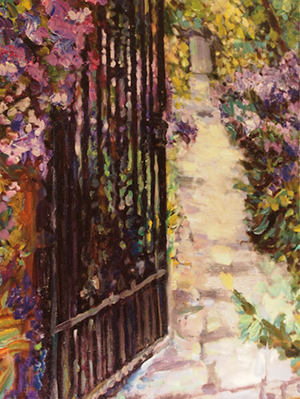 One actual layer of UV-curing ink is usually only up to an absolute maximum of 0,5 mm thick, so it comes as a bit of a surprise that really any UV-curing ink print causes a very distinct tactile effect.
One actual layer of UV-curing ink is usually only up to an absolute maximum of 0,5 mm thick, so it comes as a bit of a surprise that really any UV-curing ink print causes a very distinct tactile effect.
This is because when observed under a microscope, a UV-curing ink surface is quite rough, almost like very tiny mountains and valleys. Adding up to 50 layers of clear ink onto a rigid substrate or board, it is possible to build textures and elevated structures, and create doming effects or lenticular lenses.
Image: Canon’s Eiger Project explores, amongst other use cases, the possibilities of textured inks for Fine Art reproduction with a textured surface. Photo: S. Angerer
The maximum height of such relief effects is still somewhat limited: most machines can do up to about 2 mm, and some Canon Arizona and Fujifilm Acuity models may be tweaked up to about 5 mm.
There are two main reasons for this constraint. To ensure a sharp image, the printhead has to be placed quite close to the substrate, but must never touch it, because of the risk of a head crash which will damage both print and printhead.
Therefore, the maximum substrate height (including any bumps and structures) is rather limited, and will most often not exceed 10 mm. But secondly, and even more important, the higher the desired structures, the more layers of inks are needed to create them, making the whole process slower and thus more expensive.
This is true even if some applications allow for not only the use of clear varnish to create the elevations, but also include process colours to lay down a higher amount of ink with one pass of the printhead.
What can I use textured inks for?
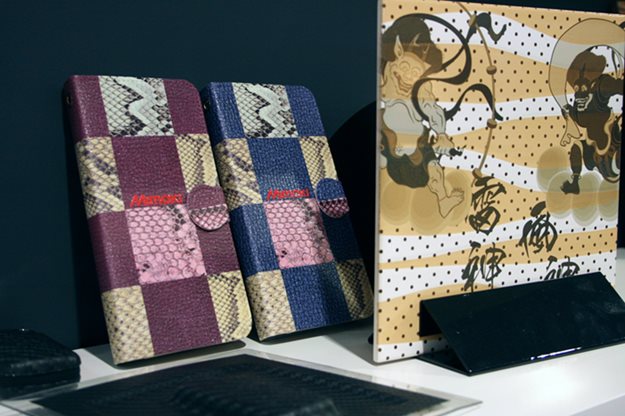
A creative new clear ink has been added to Mimaki’s LH-100 hard UV ink for the UJF-3042, JFX and JFXplus series of UV LED curable inkjet printers.
Textured inks are today mostly used for bespoke short-run customised items, such as mobile phone cases and other gifts and high-end labels. There are also options in luxury Fine Art reproduction, where even the artist’s brushwork on an oil painting is reproduced in fine detail.
In signmaking, textured inks are often used for elevated letters and maps, helping people with visual impairments to find their way around. Canon Océ customer H. Marahrens Schilderwerk Siebdruckerei Stempel at Bremen (DE), for example, has been using their Arizona printers to print Braille since 2007.
They mainly concentrate on signmaking applications, but since packaging is increasingly required to include Braille, demand in short-run personalised packaging is expected to increase in future.
Mimaki suggests yet another option with its UJF-7151 and LUS-120 printers, using a combination of white, gloss and matte clear ink for filmless lenticular applications such as motion and flip-flop or 3D motifs. Instead of laminating a lenticular film onto the graphic, you just print the lenses directly onto the substrate’s surface.
How do I create textured ink applications?
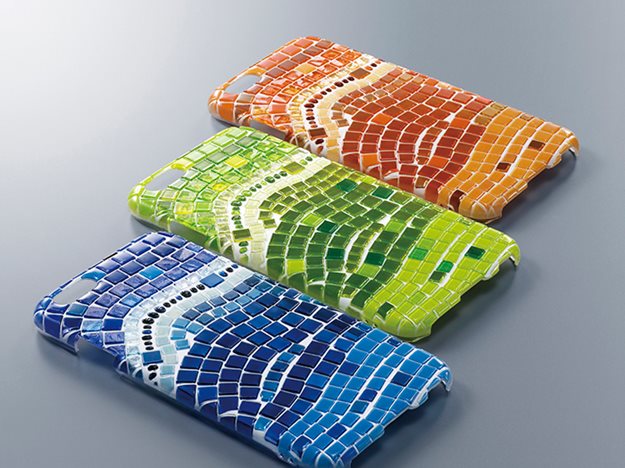
These mosaic smartphone cases were printed with a Roland DG LEF-300. Photo: Roland DG
When thinking about a textured or relief ink application, it is paramount first to find a digital printing company that is very familiar with these kinds of projects. Depending on the system they use, their requirements for customer data might be different.
Roland DG, for example, offers an extensive surface library with their VersaWorks Raster Image Processor (RIP) for use with compatible software like Adobe Photoshop or Corel Draw. Canon’s Project Eiger gives away a free Adobe Illustrator Plug-in to create an “elevation file” that goes along with the colour file to define the elevation heights in shades of grey between 0 und 100%.
Some printing houses will use their own methods, using their RIP software and relying on their operator’s experience to tweak the data for the desired effect, which will vary greatly from a smooth Matte finish to a look of real water droplets and even Rhinestones.
Do ask for samples in an early stage of your project, and never allow yourself to be talked into skipping a proof print on the actual print substrate! When creating work for the visually impaired, make sure to get some expert help, as Braille characters have to meet very specific standards to be easy for blind people to read.
As a rule of thumb, elevated UV inkjet textures, partial print varnish surfaces, elevated letters and maps as well as Braille structures will have to be defined as fifth (sixth, seventh…) spot colours in the print. So, you see, it’s not that difficult, and the creative options to really make a splash are positively endless. So, what are you waiting for?
Topics
Interested in joining our community?
Enquire today about joining your local FESPA Association or FESPA Direct
Recent news

The pros and cons of Digital Signage and Printed Signage
Sonja Angerer discusses the pros and cons of both digital signage and printed signage. Current developments such as artificial intelligence and spatial computing are changing the situation once again. How will this shift affect printers?

How to create an efficient smart factory
Debbie McKeegan speaks to industry specialists at Personalise Make Wear in Amsterdam about smart factories and customisation technology. Debbie speaks to Antigro, Caldera, Print Logistic, Inkcups and Kornit Digitial.
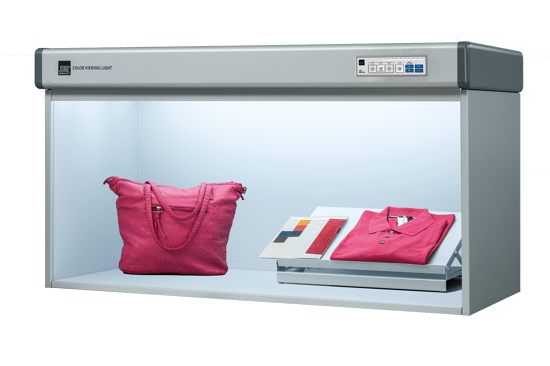
Standard lighting conditions for wide format printers and their many markets
Paul Sherfield shares the various standard conditions that are required for wide format printers as colours can appear differently dependent on the differing types of lighting and environments.
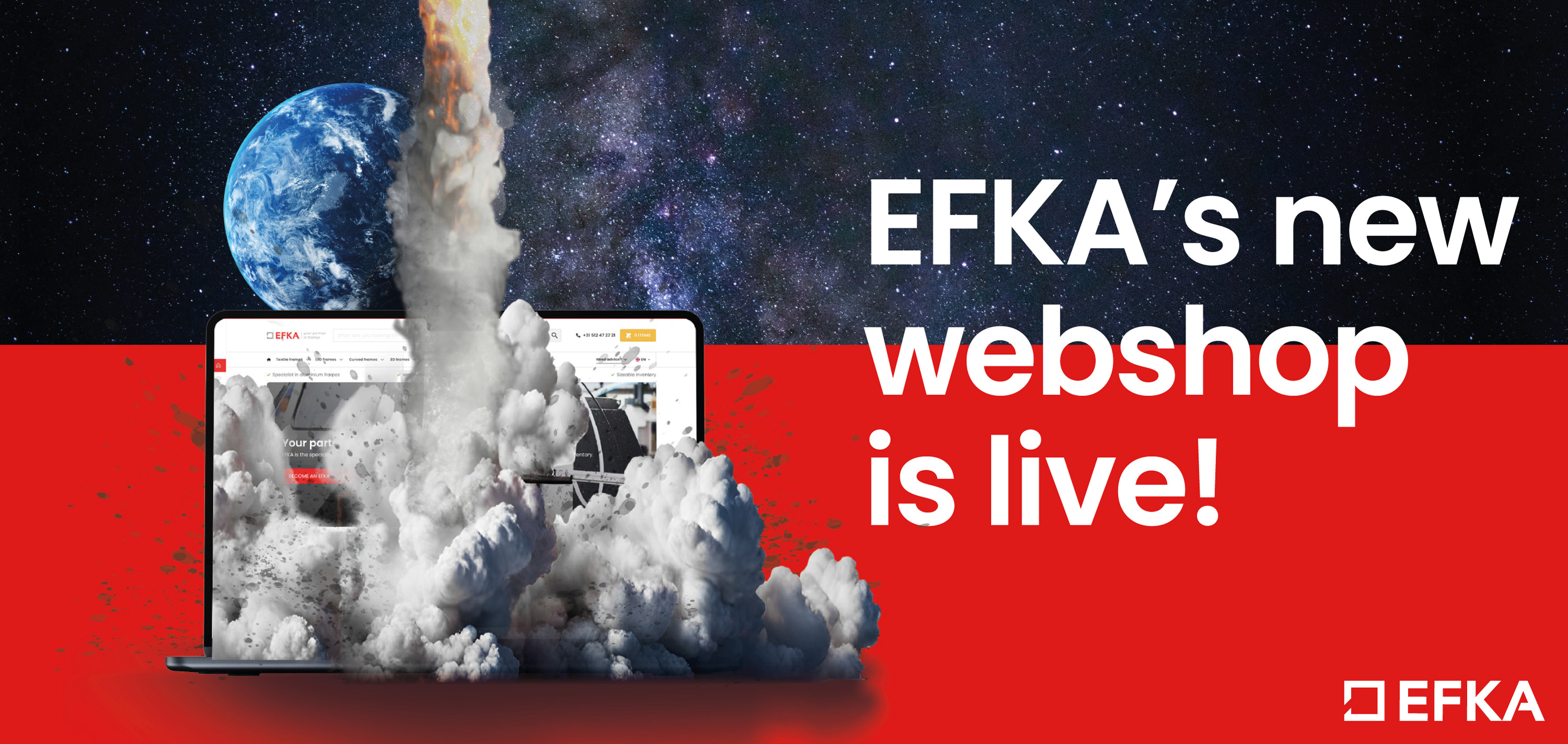_compromised.jpg?width=550)